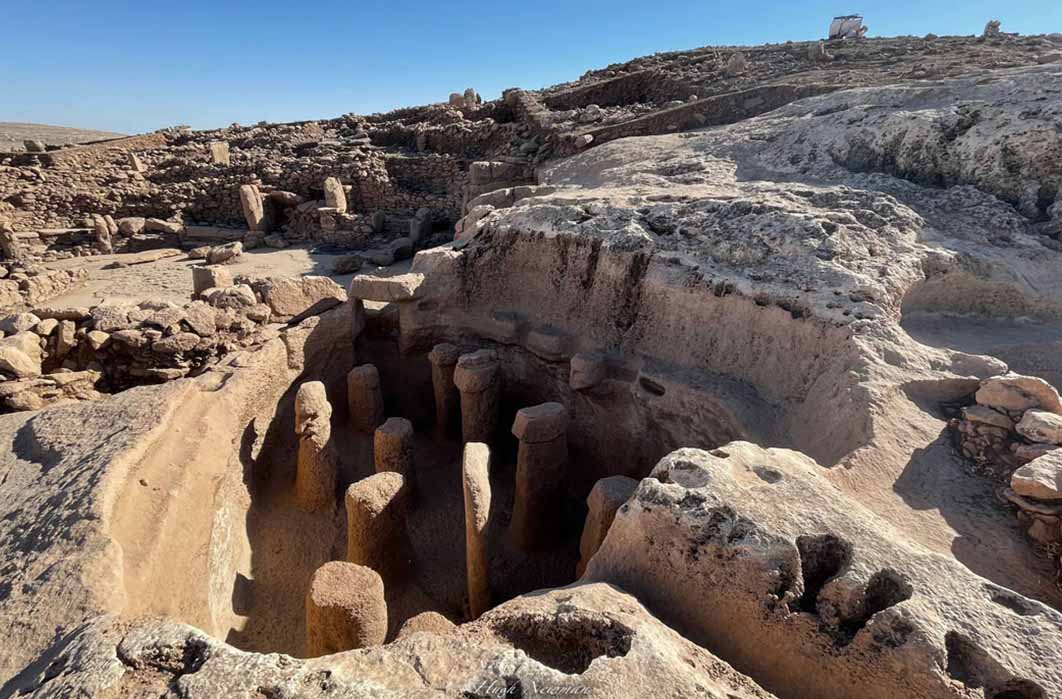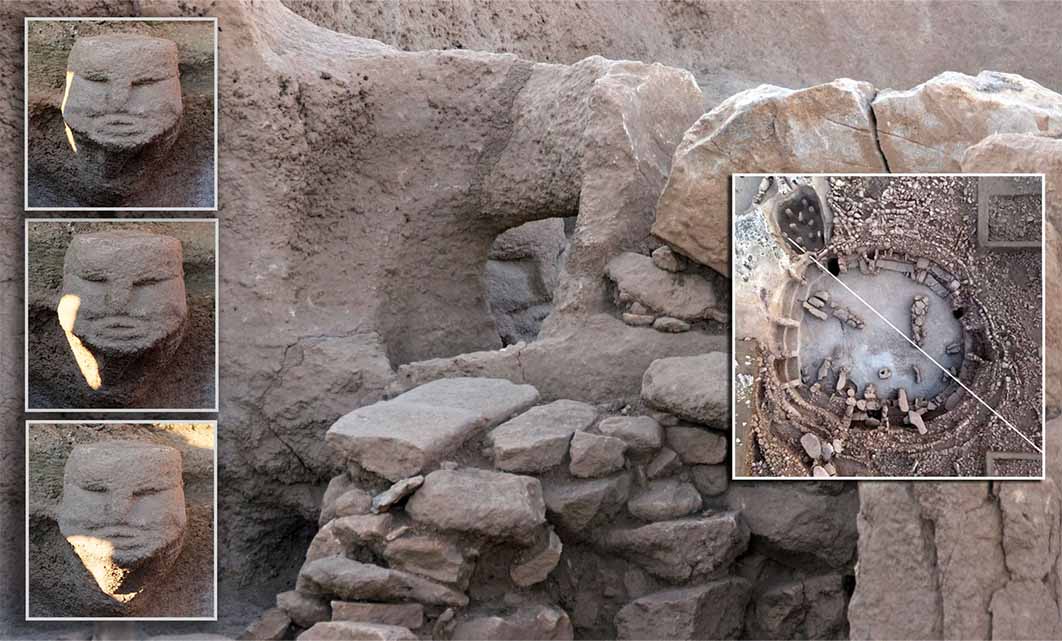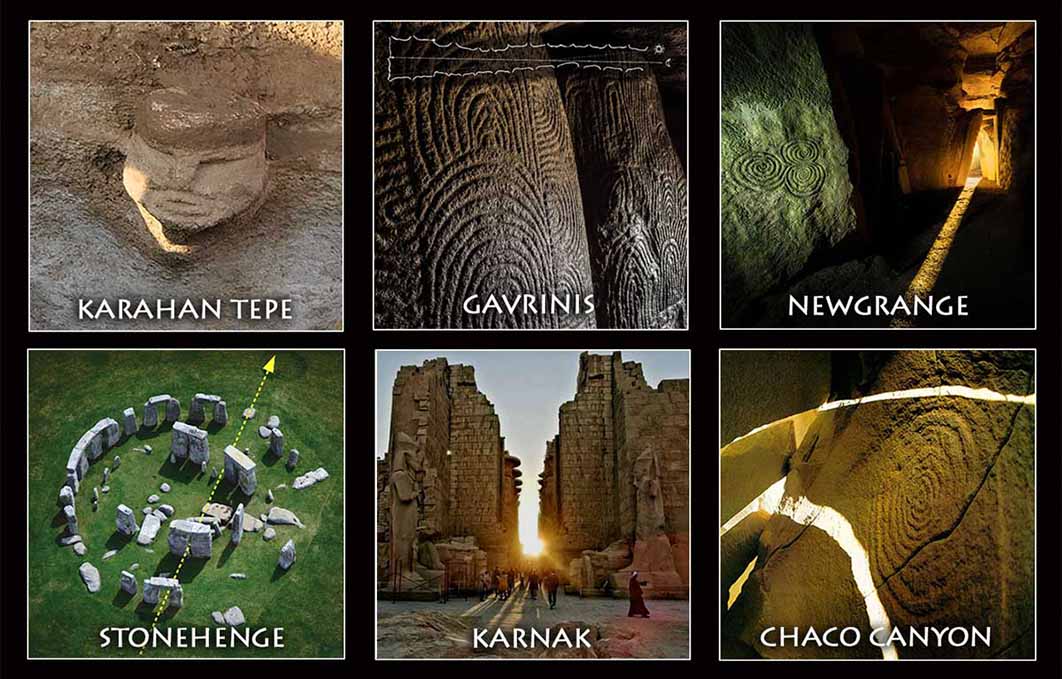
Can The Winter Solstice At Karahan Tepe Explain A Shamanic Christmas Origin?
Ancient megalithic sites all over the world are still visited in celebration of the winter solstice, to welcome the sunrise on the shortest day of the year in the northern hemisphere. From Newgrange in Ireland and Gavrinis in France, to Stonehenge, Karnak and Chaco Canyon in Arizona, the ancients built distinct alignments into their structures. The most ancient example, and without doubt the most visually impressive winter solstice phenomenon, is found at Karahan Tepe in southeast Turkey. The problem is, Karahan Tepe is 11,400 years old, and it is commonly believed that the ‘primitive hunter-gatherers’ were not supposed to have been able to construct such megalithic temples nor could they have had a sophisticated understanding of solar astronomy. Yet they did, and they exhibited a touch of class that impresses even modern-day observers. These early origins of celebrating this ‘turning of the year event’ has held its place in human consciousness through the millennia and gradually it morphed into what is today celebrated as Christmas.

View of the porthole stone at Karahan Tepe, leading to the Pillar Shrine (Structure AB) showing the stone head. Left: The light phenomenon that illuminates the head on the winter solstice morning. Right: Alignment on the winter solstice sunrise through structure AD and into the Pillar Shrine (Image: Courtesy Hugh Newman)
Tracing Winter Solstice
Karahan Tepe is an 11,400-year-old megalithic complex in remote southeast Anatolia. The author, along with American researcher JJ Ainsworth, have discovered a remarkable light effect at Karahan Tepe which utilizes a porthole stone between the main enclosure (Structure AD) and the Pillar Shrine (Structure AB). At ten minutes after sunrise on the winter solstice, the right side of the protruding head becomes illuminated from a beam of light coming through the hole, with the shard of light moving around to the front of the face for 45 minutes. After a period of darkness, the sun rises higher in the sky and manifests a ‘halo’ of light around the top of the head. This had not been witnessed by anyone since Karahan Tepe was deliberately covered over c.10,000 years ago.
Prehistoric people built great monuments to align with the movement of the sun on this special date. Throughout the world these monuments were places of wild celebrations on the winter solstice; a place where observers recorded the sun’s movements; great feasting took place as shamans pronounced the turning of the year; the warmth of the sun yearning to be felt. This time of year symbolised death, regeneration and rebirth. Evidence of rituals, sacred dances and incantations were known to have been performed in an attempt to fertilize the land, the crops, the animals and the people. This was the end, and the beginning. The death of the year, the rebirth of another.

The winter solstice at seven remarkable megalithic sites (Images: Courtesy H. Newman, A Murphy, T Daw, Wikimedia Commons)
During the mornings of December 20-23, the sun reaches the most southerly point on the horizon in what is called the solstice, or ‘standstill’. Christmas Day (25 December) marks the time when the sun begins to move northwards on the horizon. This is celebrated with great festivities during the build up to this ‘other' big day. First with Christmas Eve, then Christmas Day, even Boxing Day and the 12 Days of Christmas, not forgetting New Year’s Eve and New Year’s Day! The Romans celebrated Saturnalia in mid-December onwards with great fervor, decorating their homes with wreaths and other greenery, and shed their traditional togas in favor of colorful clothes known as ‘synthesis.’ Over the last few centuries, the Christmas phenomenon has developed more Christian overtones and has more recently become a global, commercial enterprise, but still a time to enjoy family gatherings, be merry, feast, decorate trees and share gifts. It all aligns to the final phase of the winter solstice, without which there would never have been Christmas, as it is celebrated today. Many of the Christmas customs that developed over the last few hundred years may have very ancient origins, from Neolithic cultures, Saturnalia of the Romans, to the Christian era coinciding with Pagan celebrations. Even Santa Claus got in on the act.
Shamanic Santa
Also known as Father Christmas and Saint Nicholas, Santa Claus flies through the sky on a sleigh pulled by reindeers and graces well-behaved children with gifts. The jolly old man in his red and white outfit (historically also blue and green) has magical powers, and makes sure all children all over the world are given presents. The very first benevolent gift-bringer was Saint Nicholas, a fourth-century bishop in the region of Lycia in Turkey, known for his bestowing of gifts to poor children. This eventually merged with the English ‘Father Christmas’ to create the mythical character of Santa Claus (from "Sinterklaas" in Dutch).
- Karahan Tepe: Stunning New Discovery of Winter Solstice Sunrise Alignment
- Santa Claus – A Siberian Shaman on a Magic Mushroom Trip?
- Gōbekli Tepe: The Symbolism Of The Serpent And The Fox
Yule (Old English geola or giuli) was a celebration at this time of year by European cultures before Christianization took hold. Folklorist Margaret Baker states: "The appearance of Santa Claus or Father Christmas, whose day is the 25th of December, owes much to Odin, the old blue-hooded, cloaked, white-bearded Giftbringer of the north, who rode the midwinter sky on his eight-footed steed Sleipnir, visiting his people with gifts. Odin, transformed into Father Christmas, then Santa Claus, prospered with St Nicholas and the Christchild, became a leading player on the Christmas stage.” Furthermore, the Yule log tradition of Proto-Indo-European religion was centered around the winter solstice keeping the light alive in the hope of the return of the sun.





